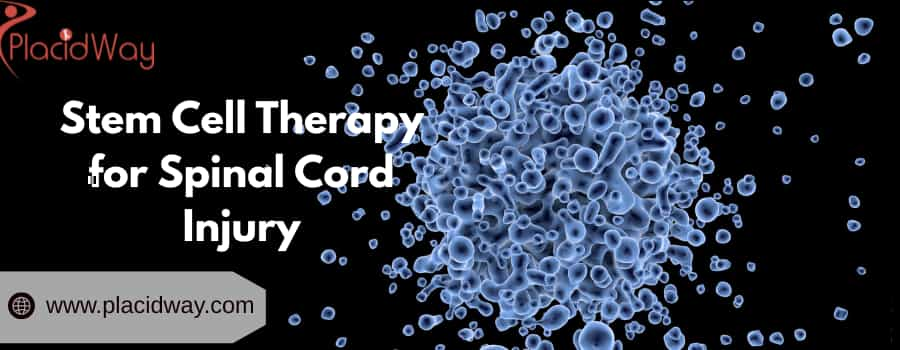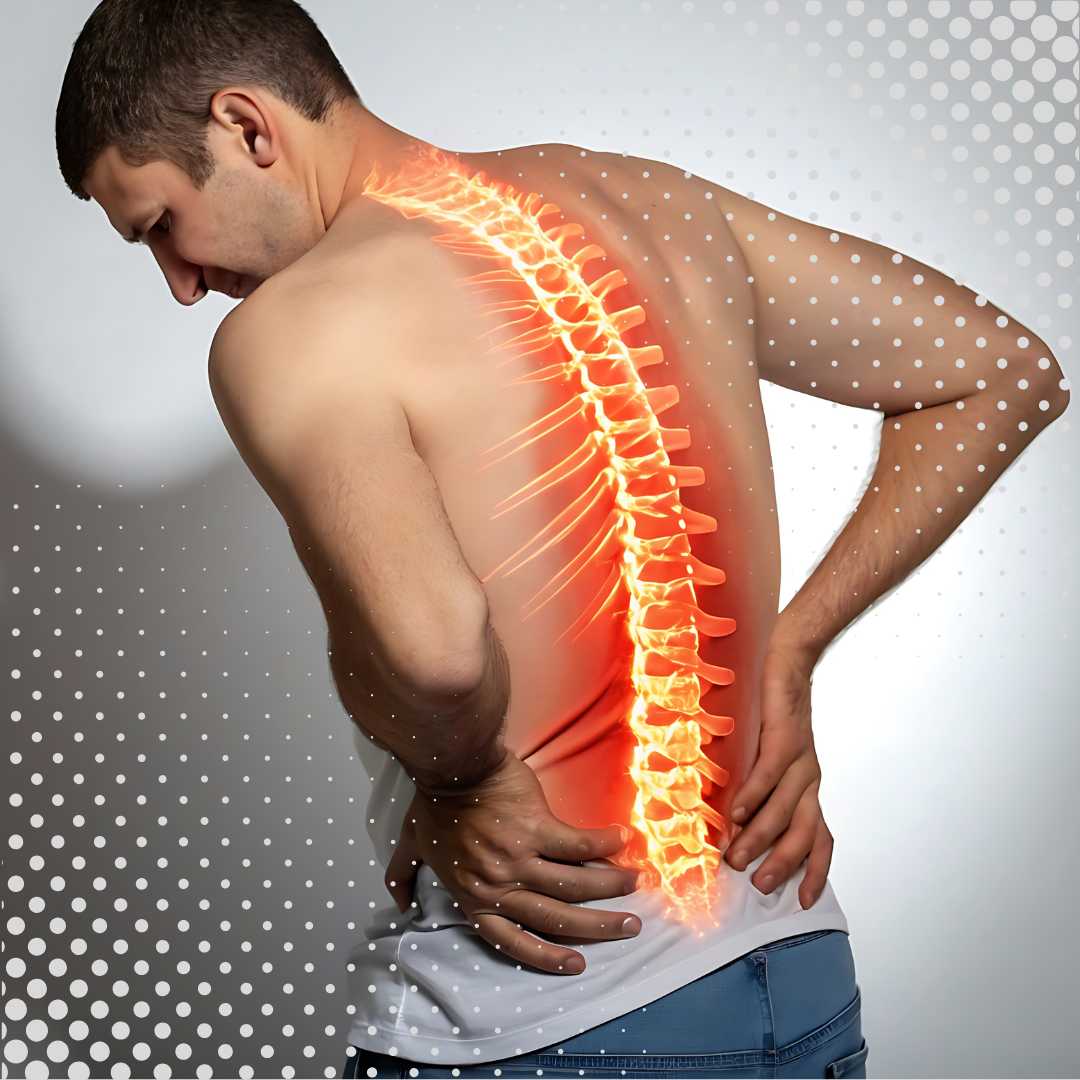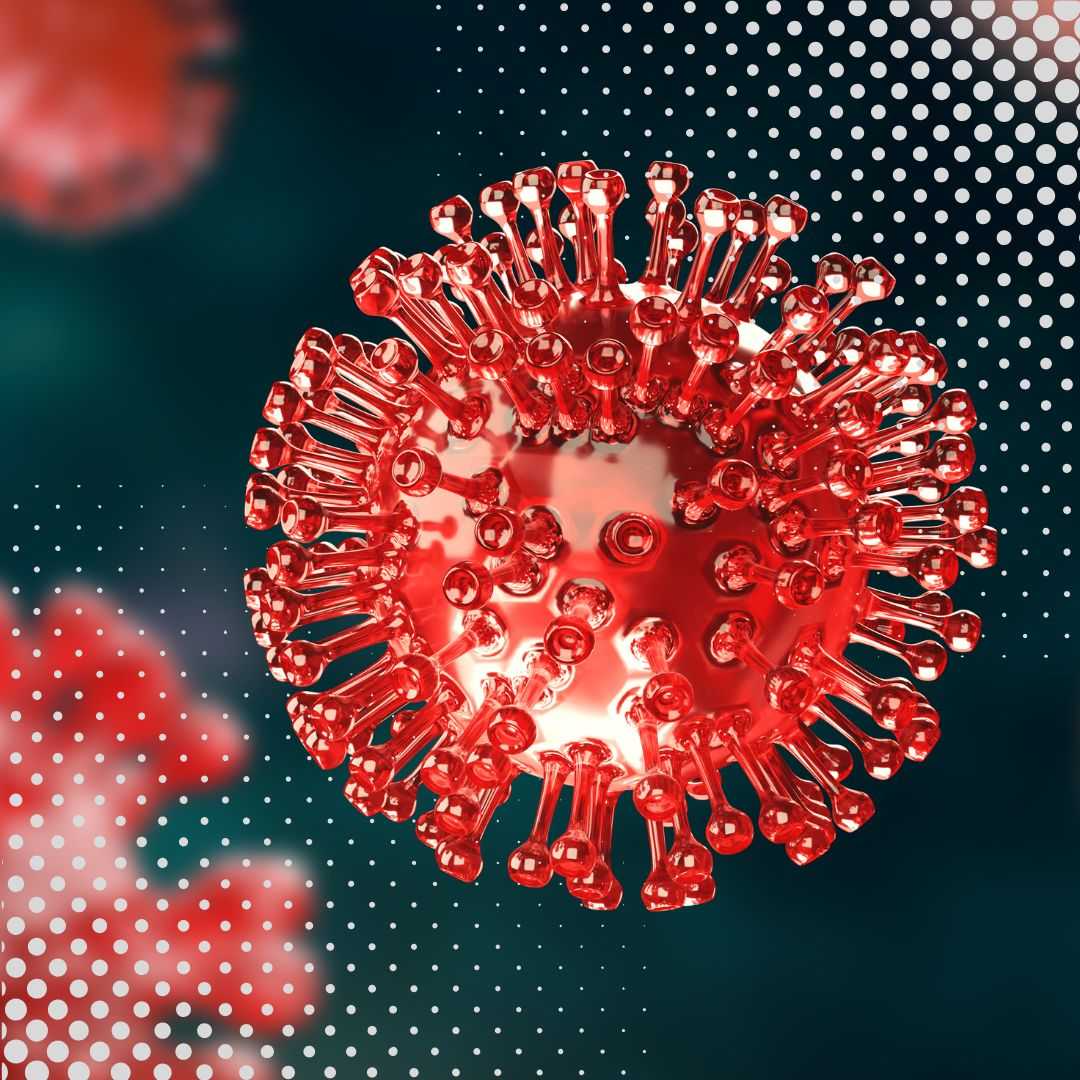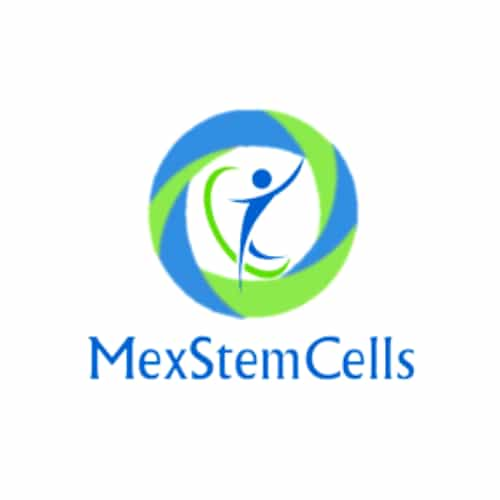Stem Cell Therapy for Spinal Cord Injury in Mexico City: A Patient's Guide

A spinal cord injury (SCI) is a life-altering event, often leaving individuals and their families searching for treatments that go beyond conventional rehabilitation. In this search for hope, many are turning to regenerative medicine. Stem cell therapy for spinal cord injury has emerged as a groundbreaking field, and Mexico City has become a significant hub for patients worldwide. This innovative treatment aims to repair damaged neural tissue and improve function, offering potential that was once thought impossible. But how effective is it really, what does the process in Mexico City involve, and what should patients realistically expect?
This comprehensive guide will walk you through the critical questions surrounding stem cell therapy in Mexico City, providing clear, direct answers to help you navigate this complex and promising medical frontier.
How does stem cell therapy work for spinal cord injury?
“Stem cell therapy for spinal cord injury works by introducing specialized cells into the body that can help reduce inflammation, protect surviving nerve cells, and promote the regeneration of damaged tissues. These cells create a healing environment at the injury site, potentially restoring some lost function.”
After a spinal cord injury, a cascade of inflammation and cell death occurs, leading to scarring that prevents nerve signals from passing through. Stem cell therapy aims to interrupt this destructive process. The most commonly used cells for this are mesenchymal stem cells (MSCs), often sourced from donated umbilical cord tissue.
When administered, these MSCs travel to the site of injury. They have a powerful paracrine effect, meaning they release growth factors and anti-inflammatory proteins. This does two critical things: it calms the toxic inflammatory environment that harms existing neurons and it provides neuroprotective signals to help surviving cells function better. Furthermore, these cells may help reduce scar tissue and encourage the body's own neural pathways to sprout and form new connections, a process known as neurogenesis and angiogenesis.
How effective is stem cell therapy for SCI?
"The effectiveness of stem cell therapy for spinal cord injury varies greatly depending on the type and severity of the injury, the patient's overall health, and the treatment protocol. While not a cure, many patients experience modest to significant improvements in motor function, sensation, and control over bodily functions."
It's crucial to set realistic expectations. Stem cell therapy is not a miracle cure that allows everyone to walk again. However, for many, it offers a path to meaningful recovery. Improvements are more commonly seen in patients with incomplete SCIs, where some neural connections remain intact.
Reported improvements often include:
- Increased Motor Function: Regaining some muscle control, strength, or movement in the limbs.
- Improved Sensation: A return of feeling or reduced neuropathic pain.
- Better Bladder and Bowel Control: A significant improvement that enhances quality of life and independence.
- Reduced Spasticity: A decrease in involuntary muscle spasms.
Clinics often report that a majority of their SCI patients see some level of measurable improvement, but the degree of that improvement is highly individual.
What is the process of getting stem cell therapy in Mexico City?
“The process for receiving stem cell therapy for SCI in Mexico City typically involves an initial remote medical evaluation, a personalized treatment plan, a trip to the clinic for the procedure over several days, and a recommended post-treatment rehabilitation plan.”
The journey for an international patient is well-structured by experienced clinics.
- Initial Consultation: You will send your medical records, including MRI scans and physician reports, to the clinic. Their medical team will review your case to determine if you are a suitable candidate.
- Treatment Protocol: If approved, the clinic will propose a detailed and personalized treatment plan. This will outline the type and number of stem cells, the administration methods (e.g., intrathecal, IV), the number of sessions, and the total cost.
- Travel and Treatment: You will travel to Mexico City for a stay that might range from a few days to a couple of weeks. The procedures themselves are minimally invasive. Stem cells are often administered via both an intravenous (IV) drip to work systemically and an intrathecal injection (a lumbar puncture) to deliver cells directly into the cerebrospinal fluid, getting them as close to the spinal cord as possible.
- Rehabilitation and Follow-up: Post-treatment care is vital. The clinic will provide a comprehensive rehabilitation plan, which is critical for maximizing the potential of the stem cells. This often includes physical and occupational therapy that you will need to continue vigorously upon returning home.
How much does stem cell therapy for spinal cord injury cost in Mexico City?
“The cost of stem cell therapy for a spinal cord injury in Mexico City can range from $8,000 to over $30,000 USD. The final price is determined by the number of stem cells, the number of applications, and the complexity of the protocol.”
This cost is often significantly lower than what might be charged for similar experimental treatments in other countries. The price variation depends heavily on the treatment protocol. A plan that involves 100 million stem cells will cost less than one using 300 million cells. The number of injections (IV, intrathecal, intramuscular) also influences the price.
A comprehensive package might include:
- The stem cell product itself.
- All medical fees for the procedure.
- Pre-treatment consultations and post-treatment follow-ups.
- Sometimes, additional therapies like physiotherapy, ozone therapy, or hyperbaric oxygen therapy are included or offered as add-ons.
What types of stem cells are used?
"The vast majority of reputable clinics in Mexico City use allogeneic mesenchymal stem cells (MSCs) sourced from the Wharton’s jelly of donated umbilical cords. These cells are known for their potent anti-inflammatory, immunomodulatory, and regenerative properties."
Umbilical cord-derived MSCs are considered ideal for several reasons. They are ethically sourced from healthy, screened donors after birth. As very young cells, they are highly vibrant and active. Critically, they have low immunogenicity, meaning there is a very minimal risk of rejection by the patient's body, and they do not require any immunosuppressive drugs. This avoids the need for an invasive procedure to harvest stem cells from the patient's own body.
Is stem cell therapy for SCI in Mexico City safe?
“When performed in a properly licensed clinic that adheres to strict international standards, stem cell therapy is generally considered safe. The main risks are related to the injection procedure, such as headache or infection, which are rare.”
The stem cells themselves undergo rigorous screening for diseases and contaminants. The procedure is minimally invasive, but the intrathecal injection (lumbar puncture) requires skill and precision. Potential side effects are usually temporary and mild, such as a headache, fatigue, or low-grade fever that resolves within a day or two.
How do I choose a good stem cell clinic in Mexico City?
"Choose a clinic that is transparent about its COFEPRIS licensing, has board-certified physicians with experience in treating SCI, provides clear and detailed treatment protocols, and can connect you with past patients or share verifiable testimonials."
To vet a clinic, you should:
- Verify their License: Ask for a copy of their COFEPRIS license and ensure it is for "regenerative medicine" and that the name and address match the clinic.
- Check Physician Credentials: The doctors administering the treatment should be specialists (e.g., neurologists, orthopedic surgeons) with credentials you can verify.
- Demand Transparency: The clinic should clearly explain the type and source of their cells, the number of cells you will receive, and provide a detailed cost breakdown with no hidden fees.
- Ask about Post-Treatment Care: A good clinic will emphasize the importance of rehabilitation and provide a clear follow-up plan. Be wary of any clinic that presents the therapy as a "one-and-done" cure.
What are the realistic outcomes for paraplegia vs. quadriplegia?
"Patients with paraplegia may see improvements in trunk stability, sensation in the lower body, and bowel/bladder function. Patients with quadriplegia may experience gains in hand and arm function, head and neck control, and respiratory function. The extent of recovery is highly individual."
For both conditions, stem cell therapy for spinal cord injury is focused on functional improvement, not necessarily a complete reversal of paralysis. For a person with quadriplegia, regaining enough hand function to hold a fork or use a smartphone is a monumental achievement. For someone with paraplegia, improved core strength to sit more stably or a reduction in neuropathic pain can dramatically improve their quality of life. The therapy aims to provide these kinds of tangible, meaningful gains.
What role does rehabilitation play after treatment?
“Rehabilitation is absolutely critical to the success of stem cell therapy. The stem cells create the potential for new neural connections, but intensive physical and occupational therapy is required to train these new pathways and translate that potential into functional recovery.”
Think of stem cells as planting the seeds for recovery. Rehabilitation is the water, sunlight, and care needed for those seeds to grow into something strong. The cells may create new connections, but the brain needs to learn how to use them. A rigorous, consistent, and targeted rehabilitation program after you return home is just as important as the procedure itself. Your nervous system needs to be actively stimulated through exercise and activity to take advantage of the healing environment created by the stem cells.
The decision to pursue stem cell therapy for a spinal cord injury is a significant one. By arming yourself with knowledge, you can make an informed choice. PlacidWay can help you connect with leading, accredited medical providers in Mexico City and around the world.
Explore PlacidWay for more information on stem cell therapy for spinal cord injury and to find trusted clinics.


.png)





.jpg)
.png)







Share this listing